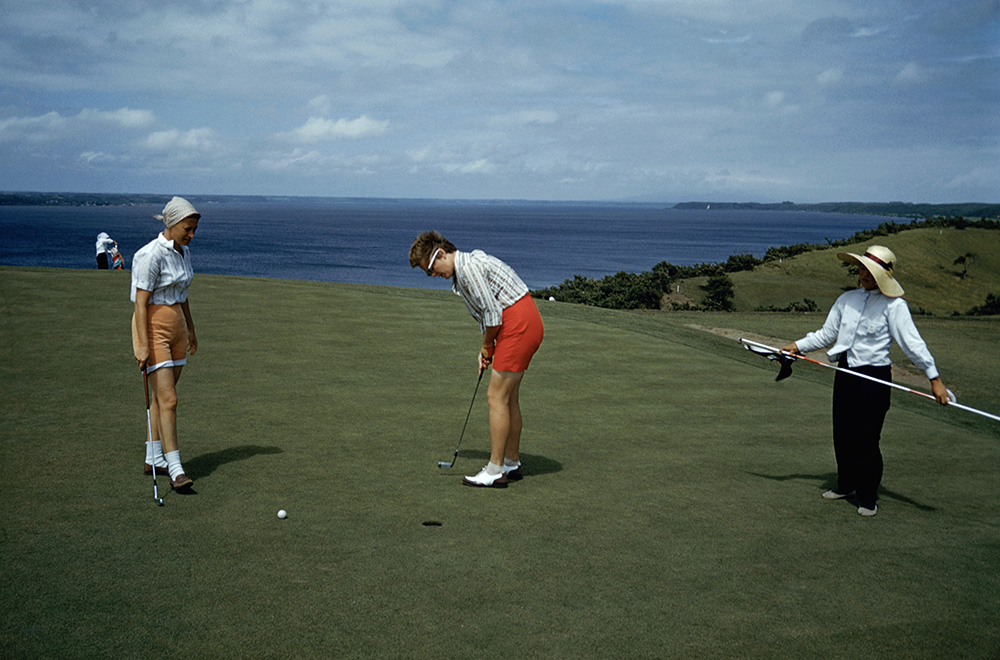Kyoichi Sawada's 1965 photo of a Vietnamese family fleeing the bombing of their village in Binh Dinh province, during the war between North Vietnam and South Vietnam and the U.S. and its allies, has become a landmark image of 20th-century history. A mother, grandmother, two young children and a baby were photographed by the United Press International photographer wading through a deep river, clearly terrified, as U.S. troops tried to deny the area to Viet Cong snipers who had been harassing a nearby base.
The mother's panicked face is in the center of the image. The family around her form a triangle that points to the right side of the frame, out to what's coming next — the future, as it were (assuming that the image is read left to right). The five people in the picture are all facing different directions, giving us a sense of the panic and chaos of the situation. Will they find their way to safety?
At a time when photography and news footage had a possibly greater influence on changing the course of a war than any time before or since, Sawada's powerfully compassionate, and eerily cinematic, photograph was a standout image. It won him the World Press Photo of the Year award for 1965 and contributed to his winning a Pulitzer Prize the following year.



